Output Shaft manufacturing: Definition, Machining, and Quality Control
1. Introduction to Output Shaft
Output shafts are critical components in mechanical systems, playing a pivotal role in transmitting power from the transmission to the drive mechanism.
Definition
An output shaft is a mechanical component that transmits rotational power from a transmission or gearbox to the drive mechanism, such as wheels or other machinery. It is the final link in the power transmission chain, delivering the adjusted power needed for the vehicle or equipment to function effectively.
Material
Output shafts are typically made from durable materials to withstand high stress and torque. Common materials include:
Carbon Steel: Known for its strength and affordability.
Alloy Steel: Offers enhanced mechanical properties such as toughness and resistance to wear and fatigue.
Stainless Steel: Provides excellent corrosion resistance, ideal for harsh environments.
Chromoly Steel: Combines chromium and molybdenum for superior strength and fatigue resistance.
Forged Steel: Enhanced durability and resistance to impact.
2. Types of Output Shafts
Solid Output Shafts: These are straightforward, solid pieces of metal that are durable and easy to manufacture.
Hollow Output Shafts: These shafts reduce weight without significantly compromising strength.
Splined Output Shafts: Feature grooves or splines that engage with matching grooves in the mating component, providing a strong and secure connection.
Tapered Output Shafts: Have a conical shape that helps in precise alignment and secure fitting with other components.
2.1. Various CNC Machining Techniques
Computer Numerical Control (CNC) machining is crucial in the manufacturing of output shafts due to its precision and efficiency. Common CNC machining techniques include:
Turning: Shapes the external surface of the shaft.
Milling: Used to create complex geometries, such as splines and keyways.
Grinding: Ensures high precision and a smooth surface finish.
Drilling: Creates holes for mounting or other purposes.
Threading: Adds threads for screw connections.
Apart from CNC machining, several traditional machining techniques are used:
Lathe Machining: Ideal for cylindrical parts and achieving high precision.
Broaching: Cuts internal shapes such as keyways.
Hobbing: Used for cutting gears and splines.
Heat Treatment: Enhances material properties such as hardness and strength.
Cost Considerations.
3. The cost of manufacturing output shafts depends on several factors:
Material Costs: The type and quality of the material used.
Machining Complexity: More complex designs and tighter tolerances increase the cost.
Production Volume: Larger production runs can reduce per-unit costs.
Surface Finishing: Additional finishing processes can add to the overall cost.
3.1. Various Surface Finishing Processes
Surface finishing processes improve the performance and longevity of output shafts:
Polishing: Achieves a smooth, reflective surface.
Plating: Adds a protective layer (e.g., chrome plating) to improve wear resistance.
Anodizing: Used for aluminum shafts to enhance corrosion resistance.
Coating: Protective coatings, such as powder coating or paint, provide additional protection.
4. Quality Control in Output Shaft Machining
Quality control is essential to ensure output shafts meet stringent performance and durability standards:
Dimensional Inspections: Using precision measuring tools to ensure shafts meet specified tolerances.
Material Testing: Verifying the material properties to meet required standards.
Surface Quality Checks: Inspecting the surface finish for defects or inconsistencies.
Functional Testing: Ensuring the shaft performs correctly in its intended application.
5. Difference Between a Drive Shaft and an Output Shaft
Function: Transmits power from the transmission to the differential in vehicles.
Location: Runs along the length of the vehicle.
Design: Often longer and may include universal joints to accommodate the vehicle’s movement.
Output Shaft
Function: Transmits power from the transmission to the final drive mechanism.
Location: Directly connected to the transmission or gearbox.
Design: Typically shorter and designed for high-torque applications.
Conclusion
Output shafts are vital components in power transmission systems, ensuring efficient and reliable operation of machinery and vehicles. By understanding the materials, types, machining techniques, and quality control measures involved in manufacturing output shafts, manufacturers can produce high-quality shafts that meet the demanding requirements of various applications.
For more information on output shafts and our manufacturing capabilities, visit Welleshaft.

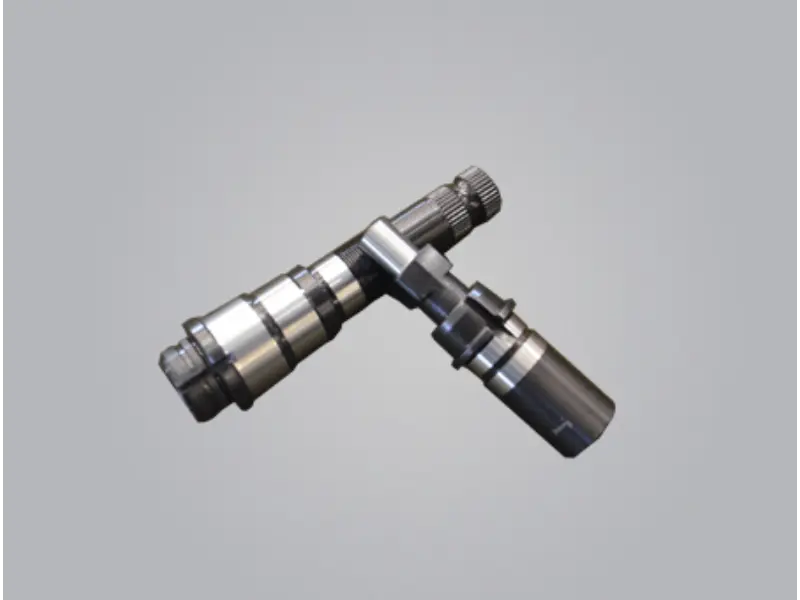
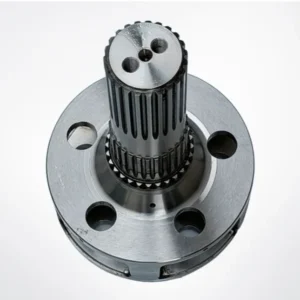
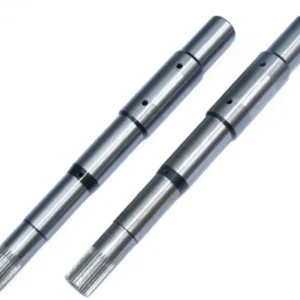
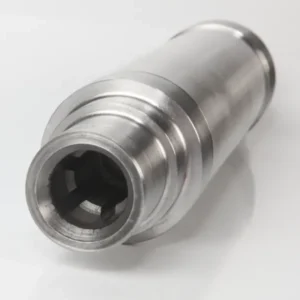
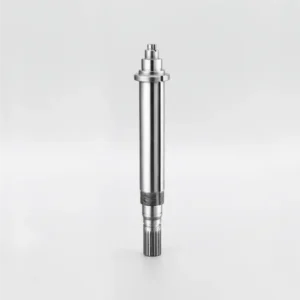
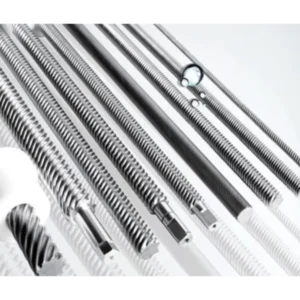
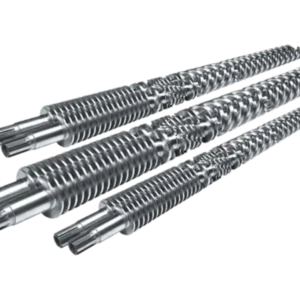
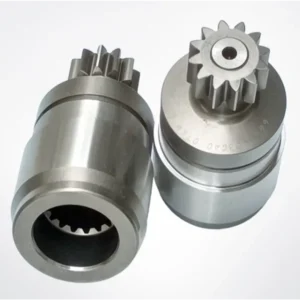
Reviews
There are no reviews yet.